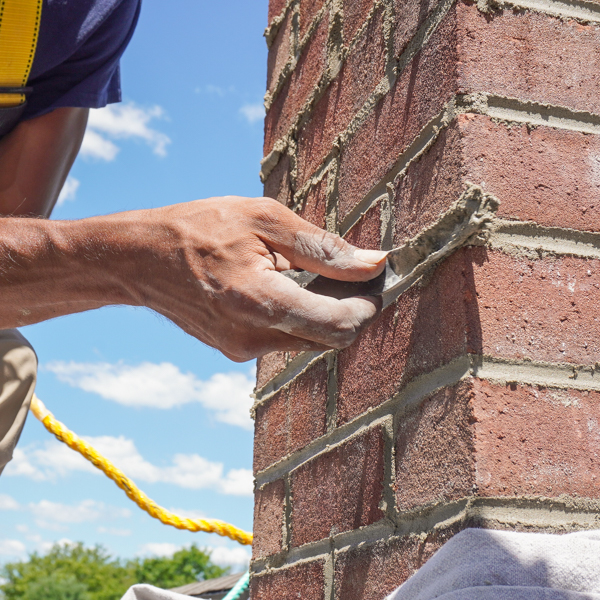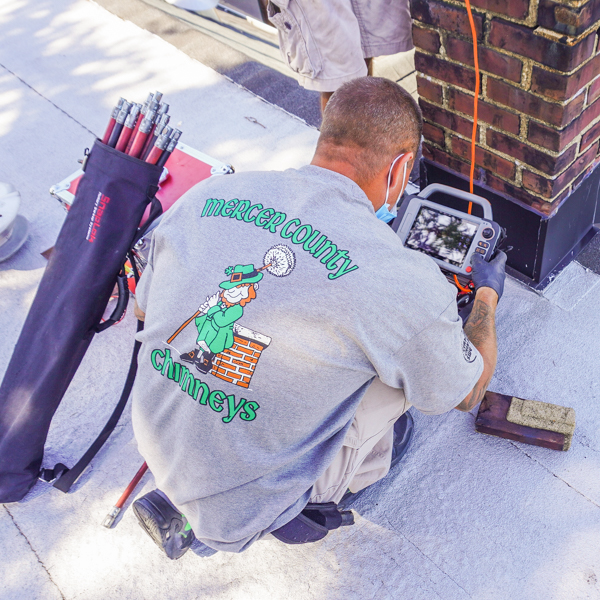How to Repair a Brick Chimney
Your chimney serves a vital function within your fireplace system: it keeps your family safe by venting dangerous gases outside of your home. So, what happens if there is a significant issue with it? Today, we’re going to look at how to repair a brick chimney once you’ve identified that a problem exists.
 Repairing your brick and mortar
Repairing your brick and mortar
Let’s start by discussing how to repair your brick-and-mortar. A chimney’s masonry may be one of the most common issues our Mercer County Chimney Services technicians have to deal with. Brick and mortar are both porous materials. When it rains, water can seep into those tiny holes. If the water freezes or doesn’t evaporate, it can lead to larger cracks and holes over time. This, in turn, will cause deterioration including the crumbling of the mortar and potentially even the collapse of the chimney structure itself. Start by determining how big of a problem you have with the mortar. Does it need to be fixed via tuckpointing, which is the replacement of just the crumbling mortar? Or will you need to perform repointing by completely scraping out and replacing all of the mortar? Do you have bricks that need to be replaced? Is the flue made of ceramic or metal? If the former, you should consider replacing it with a longer-lasting metal option. Once you’ve determined (and remedied) these concerns, you should then apply a waterproof sealant to the chimney’s exterior to help mitigate future water problems.
Repairing your crown
Now, take a look at your crown. This is the concrete slab at the very top of your brick that helps to keep water from running down the side of your chimney. Any cracks or gaps in it should be replaced with a concrete mixture or mortar, depending on the level
of damage. While you’re looking at your crown, also take a look at your cap. Is it still in place? Is it damaged? If so, be sure to replace it with a new one so that debris and wildlife don’t try to take up residence inside of your flue.
 Preventing stains
Preventing stains
There are four kinds of stains you may notice on the side of your chimney. Let’s look at three of them together: white, brown, and green. All three are indicative of some kind of water damage. White stains are the result of evaporating salt. Green stains indicate that algae is growing in your chimney. Brown stains usually point to some kind of major water problem. All three of these, once you clean them off, can be prevented by eliminating the source: water damage. Make sure you have your annual inspection as well as following our tips above for repairing your masonry and crown. By doing that you’ll have essentially helped prevent future staining…
Special note: removing black stains
…except, of course, black stains. Black stains are from soot mixing with water. This means that you have a creosote buildup inside of your chimney and need to have an inspection (and probably a sweep) right away before using your chimney again.
Let us repair your brick chimney for you
If it’s time for your annual sweep and inspection, look no further than our team. Each of our technicians is trained in both repair and preventative maintenance and will gladly walk through your options. Ready to get started? Then contact Mercer County Chimney Services via phone at 609- 802-5288 or by filling out our contact form here.


